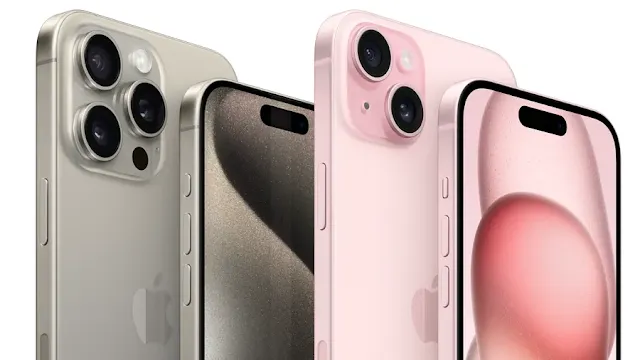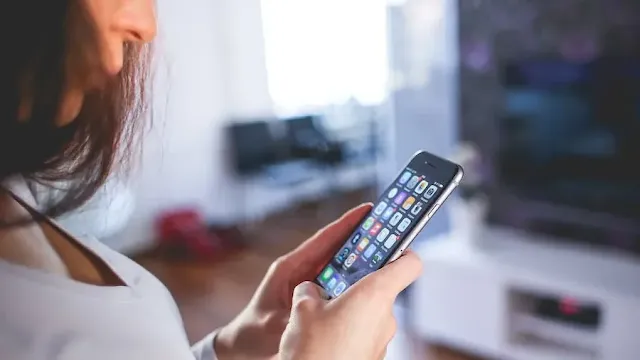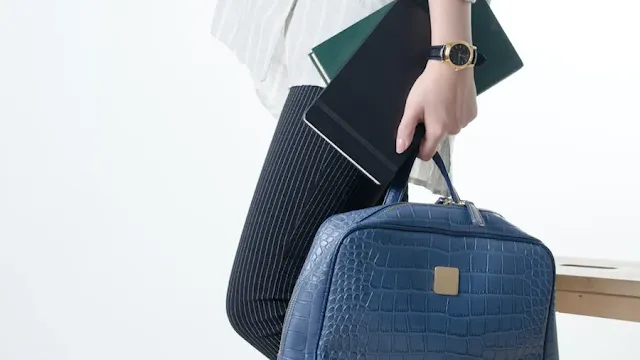Bringing Sealed Phones to India: Guidelines and Duties
Traveling to India with sealed electronics like iPhones or iPads can be tricky if you’re unaware of customs rules. I learned this the hard way in 2023 when I brought two sealed iPhones from the USA to India as gifts for family. At Mumbai airport, customs officials questioned me about the second phone, and I ended up paying a hefty duty because I didn’t have the receipts handy. Knowing the regulations can save you stress and money. This 2025 guide covers whether you can bring sealed phones to India, customs duties, and tips for a smooth journey from the USA to India.
Table of Contents
- Can We Bring Sealed Phones to India?
- Can I Bring a Sealed iPhone to India?
- Can I Carry a Sealed iPad from the USA to India?
- Do I Need to Pay Customs Duty on a Phone When Coming to India?
- Do I Have to Show My Phone at Customs?
- How Many Sealed Phones Are Allowed?
- Buying an iPhone in the USA to Bring to India
- Customs Duty for iPhone in India
- Can I Put My iPhone in Checked Luggage?
- Tips for Traveling with iPhones to India
- Frequently Asked Questions About Bringing Sealed Phones to India
Can We Bring Sealed Phones to India?
Yes, you can bring sealed phones to India, but there are restrictions. Indian customs allows one new phone per person for personal use without duty, as part of your baggage allowance. However, carrying multiple sealed phones, like iPhones, may raise suspicion of commercial intent, leading to customs duties or questions. It’s best to limit yourself to one or two devices and be prepared to explain their purpose.
Can I Bring a Sealed iPhone to India?
Yes, you can bring a sealed iPhone to India, especially if it’s for personal use or as a gift. One sealed iPhone is generally allowed under your personal duty-free allowance. However, if you’re carrying more than one, such as bringing iPhones from the USA to India for friends or family, customs officials may ask for purchase receipts and could impose duties on the additional devices. Stick to one sealed iPhone to avoid complications.
Can I Carry a Sealed iPad from the USA to India?
Yes, you can carry a sealed iPad from the USA to India, but the same rules apply as for phones. One sealed iPad for personal use is typically exempt from customs duty under your baggage allowance. If you’re carrying multiple sealed devices (e.g., an iPad and an iPhone), you may need to declare them and potentially pay customs duty on the additional items. Always keep receipts to prove their value and purpose.
Do I Need to Pay Customs Duty on a Phone When Coming to India?
You may need to pay customs duty on a phone when coming to India if you exceed the duty-free allowance. As of 2025, one phone for personal use is generally exempt, but additional sealed phones or devices valued over ₹50,000 (approximately $600) attract a customs duty of around 38%, including GST. For example, a sealed iPhone 15 Pro worth $1,000 could incur a duty of about ₹30,000 ($360). Always check the latest rates on the India Baggage Rules site.
Do I Have to Show My Phone at Customs?
You don’t usually have to show the phone you’re actively using at customs, as it’s considered part of your personal effects. However, if you’re carrying sealed phones, like a new iPhone or iPad, customs officials may ask to see them, especially if you have more than one. Be ready to present receipts and explain their purpose (e.g., personal use or a gift) to avoid penalties or confiscation.
How Many Sealed Phones Are Allowed?
Indian customs regulations allow one new (sealed) phone per person for personal use without duty, as part of your baggage allowance. If you bring more than one sealed phone, such as two or three iPhones, customs officials may suspect commercial intent. You’ll need to clarify their purpose, show purchase receipts, and possibly pay customs duty on the additional devices. To avoid hassle, limit yourself to one or two phones, as advised by India Baggage Rules.
Buying an iPhone in the USA to Bring to India
Yes, you can buy an iPhone in the USA and bring it to India, often taking advantage of lower prices. However, consider these factors:
- Customs Duty: If you carry more than one sealed iPhone or exceed the ₹50,000 duty-free limit, you’ll likely pay customs duty on the excess value.
- Warranty Concerns: Check if the iPhone’s warranty is valid in India. Some models bought in the USA may not have international warranty coverage.
- Compatibility: Ensure the iPhone supports Indian network bands (e.g., 5G bands) for seamless use.
Customs Duty for iPhone in India
Customs duty on iPhones in India is significant, aimed at protecting local markets. As of 2025, the total duty on electronics like mobile phones can be around 38%, including basic customs duty (20%) and GST (18%). For example, an iPhone valued at $1,000 (₹83,000) may incur a duty of approximately ₹31,500 ($380). If the phone’s value exceeds your duty-free allowance, you’ll need to pay this at the airport. Check the latest rates before traveling to budget accordingly.
Can I Put My iPhone in Checked Luggage?
No, you should not put your iPhone in checked luggage. Here’s why:
- Theft Risk: Valuables in checked bags are more prone to theft during handling.
- Damage or Loss: Checked luggage can be mishandled or lost, making it harder to recover a high-value item like an iPhone.
- Battery Safety Rules: Lithium-ion batteries in smartphones must be carried in hand luggage due to airline safety regulations.
Always keep your iPhone in your carry-on bag for safety.
Tips for Traveling with iPhones to India
- Declare Honestly: If carrying multiple phones, declare them at customs to avoid fines or confiscation.
- Keep Receipts: Carry purchase receipts to prove the value and purpose of your phones if questioned.
- Get Insurance: Consider travel insurance that covers electronics for added protection, as suggested by India Baggage Rules.
- Pack Smart: Keep iPhones in your carry-on, turned off or in airplane mode during the flight.
- Limit Quantity: Avoid carrying more than two sealed phones to minimize scrutiny.
Bringing sealed phones like iPhones or iPads to India can be hassle-free if you follow customs regulations. Whether you’re traveling from the USA to India for personal use or to bring gifts, understanding duty rules and packing tips ensures a smooth experience. Stay informed, declare honestly, and travel smart to avoid surprises at the airport.
Frequently Asked Questions About Bringing Sealed Phones to India
Can We Bring Sealed Phones to India?
Yes, but only one sealed phone per person is typically duty-free for personal use. More than one may attract customs duties.
Can I Bring a Sealed iPhone to India?
Yes, one sealed iPhone is usually allowed duty-free. Multiple iPhones may require you to pay customs duty and show receipts.
Can I Carry a Sealed iPad from the USA to India?
Yes, one sealed iPad is generally exempt from duty. Additional devices may incur customs duty if they exceed the ₹50,000 allowance.
Do I Need to Pay Customs Duty on a Phone When Coming to India?
Yes, if you bring more than one sealed phone or exceed the ₹50,000 duty-free limit, you’ll likely pay around 38% duty, including GST.
Do I Have to Show My Phone at Customs?
No, you don’t need to show the phone you’re using, but sealed phones may need to be declared if you carry more than one.











